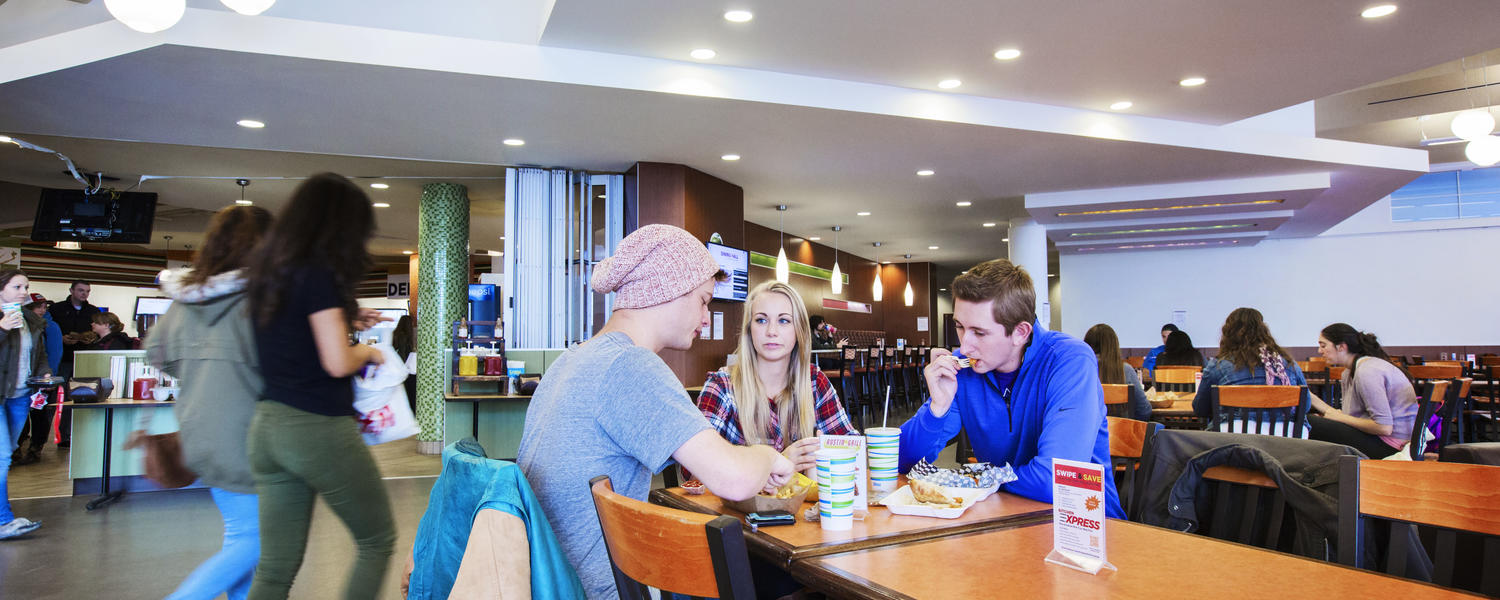
Good Food Calculator
Overview:
The Good Food Calculator is a tool to assess food purchases over a period of time to determine how sustainable, humane, local, and socially-just they are. The calculator offers a standard for all Canadian campuses to meet to ensure best practices in food procurement. The project is run in partnership with experts from Meal Exchange, who help mentor peer helpers working on the project. Meal Exchange helps analyze the data provided by food services on campus and prepares a comprehensive report using the calculator. On campus, students collaborated with food service providers and the Office of Sustainability. The results of this project are utilized for the University of Calgary’s sustainability reporting. This project provides a tremendous opportunity for students to learn about and contribute to the University’s sustainable food purchasing endeavours.
The students leading this project kick-started it by collecting invoices from the University’s food services providers, and transferring them into digital records. In previous years work, the project was able to capture a variety of invoices, but this did not extend to Sysco’s records. Sysco is the vendor of 80% of food purchases on campus, and there was not enough time to collect the invoices, though analyzing them is still a major goal of this project.
The analysis portion of the project is a meticulous process. Food items are taken from representative invoices and recorded line by line in both a master spreadsheet and individual spreadsheet per vendor. Depending on the item’s composition, this step may take several forms. For simple, single-ingredient items, classification can be done online only. For other aggregate items, the spreadsheet must be sent to a vendor to provide a comprehensive list of ingredients and the rough percentage of their contribution to the item. From this, items may need to be further broken down. Sometimes in order to complete the product classification, it is necessary to contact vendors and processors, or the classification may be completed by further online investigation.
Outcomes:
- Food categories chart demonstrating the different types of food available on campus. The figure contains the categories: confirmed good food, food that doesn’t meet the necessary standards, food that has been specifically disqualified, research that has been initiated and is ongoing, and food that has been prepped and entered into the spreadsheet but has not yet been researched.
- Partial digitization of Sysco records that were provided as scanned documents. This will be a valuable resource, as much of the project consist of filling in spreadsheets to send to vendors and keep track of information.
- Creation of a partial key to track the full names of company acronyms used by Sysco in the invoices, so that researchers can use this to search online or reach out to companies.
- Project is still ongoing because there is still more food on campus that needs to be classified. The group leading this project continues to make progress, but the bulk of the research is yet to be done. Additionally, due to COVID-19 and the pandemic response in Canada there is a hold on some research as of March 2020.
Next Steps:
- Explore opportunities for employing a part-time staff or dedicated volunteers with a light course load.
- Conducting further research in spring and summer semesters.
- Create a contract template between the incoming research team and Sysco to streamline the invoice analysis process.
- Develop training best practices for future teams to enable them to start research as soon as possible.
